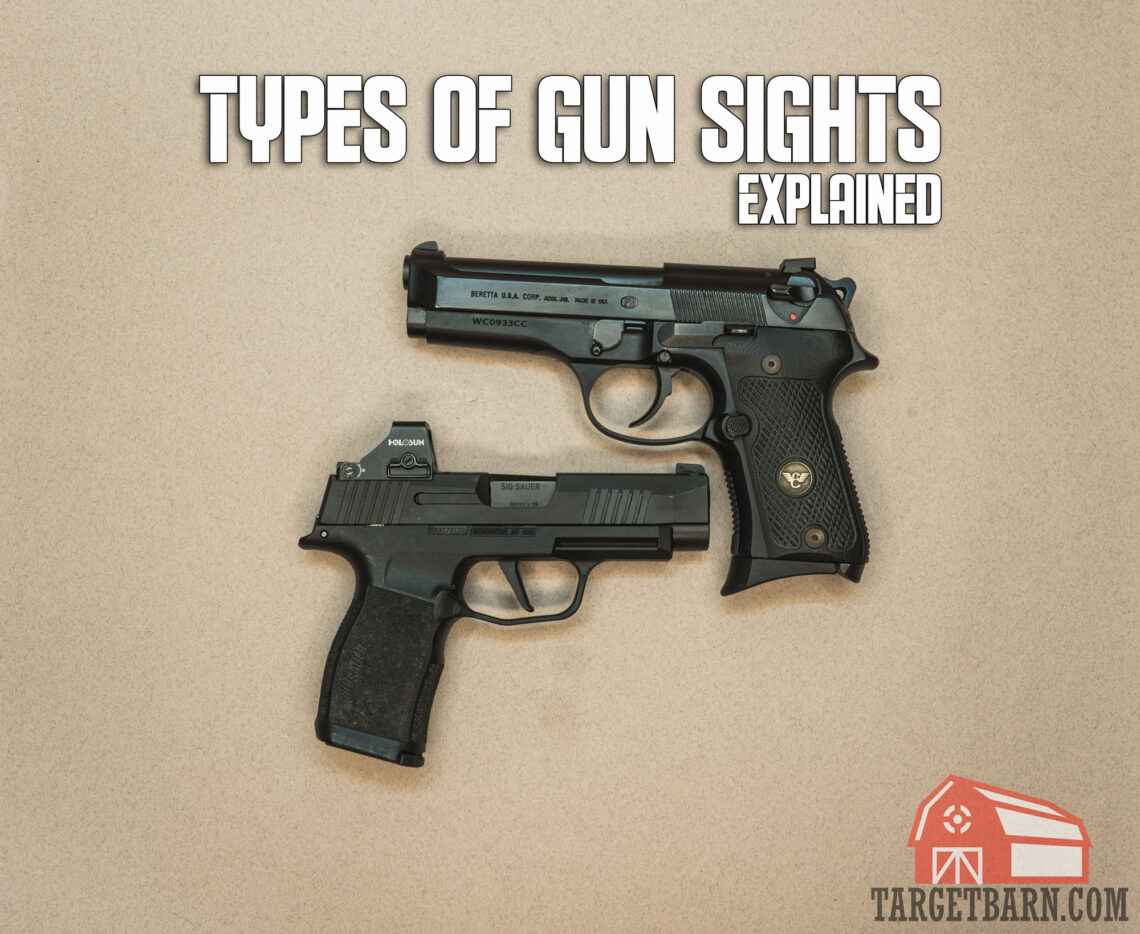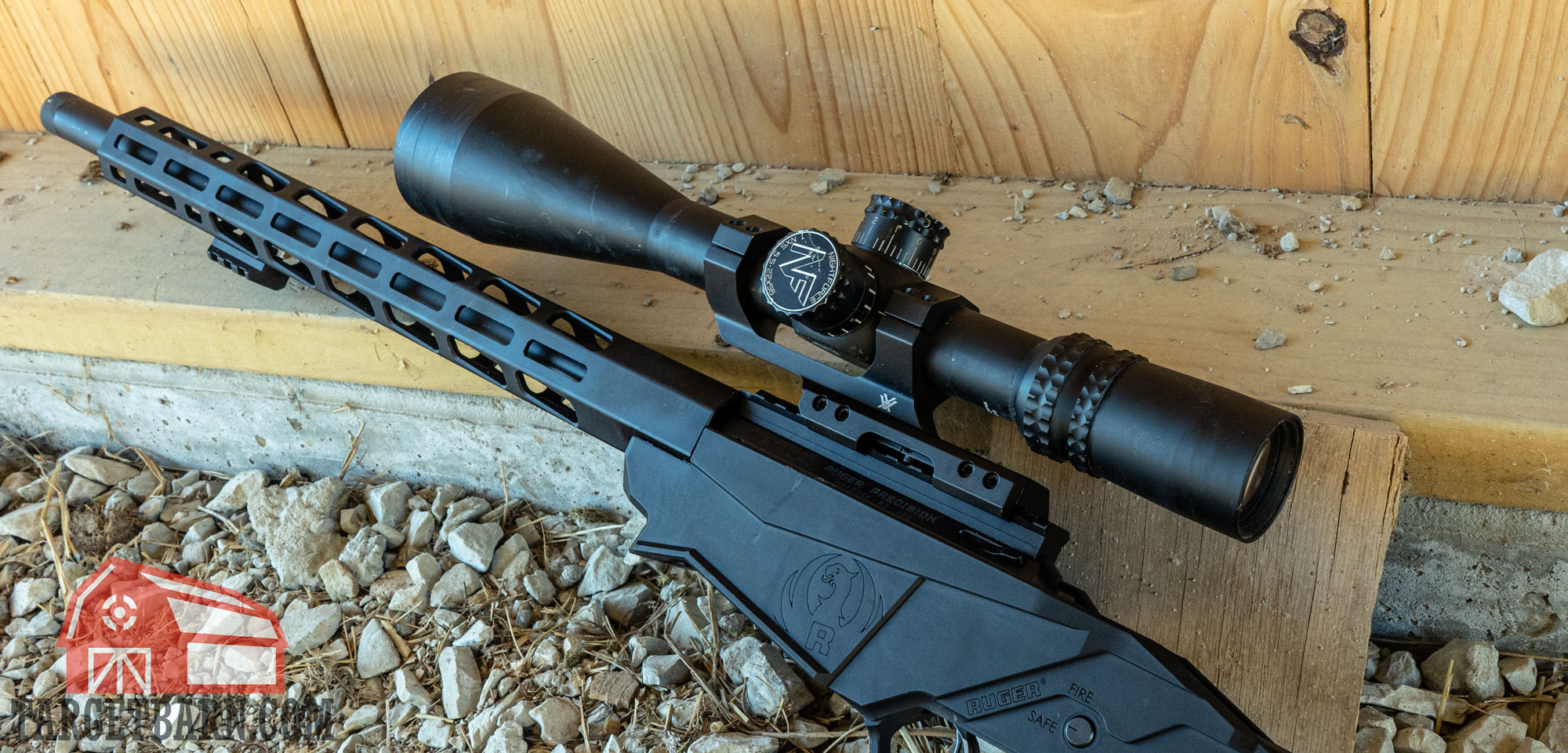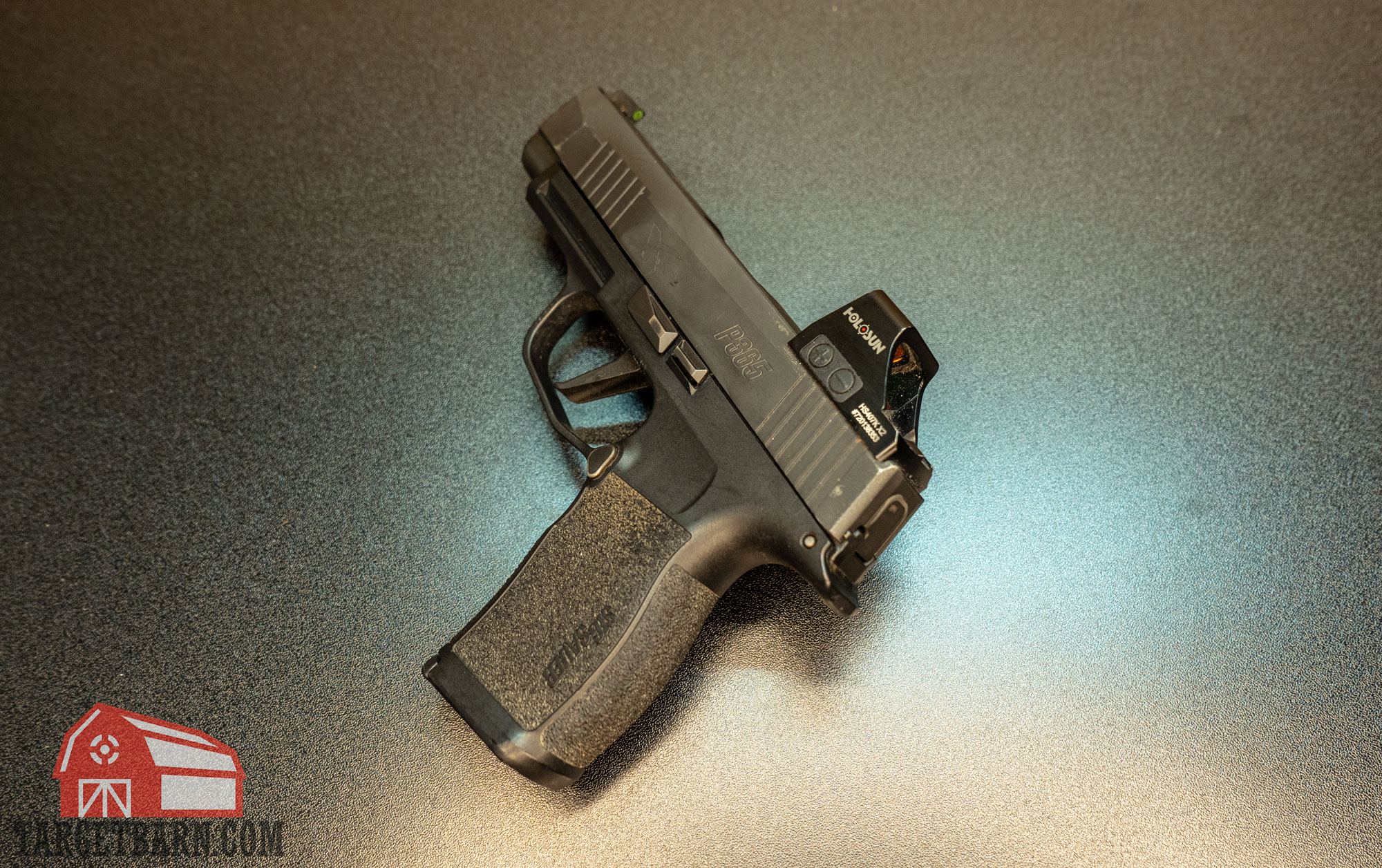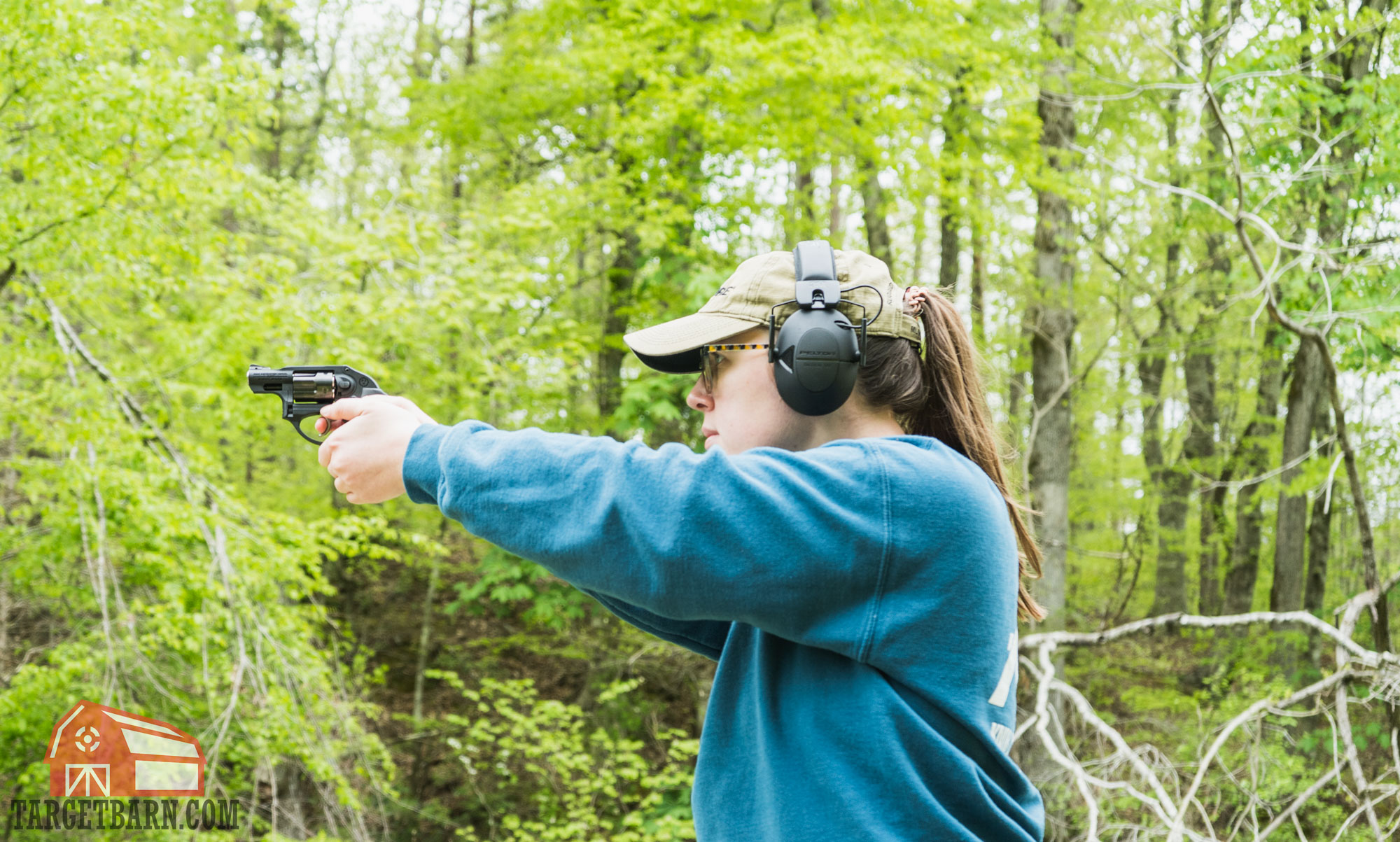If you’re curious about the different types of gun sights you can use on your guns, you’ve made it to the right place.
Are you sick and tired of never hitting your target? Do you wish there were a way to aim your firearm? Then we’re about to split your mind wide open and stuff it to the absolute brim with sacred gun knowledge. Today, we’re going to tell you about types of gun sights!
We’re not talking about the kinds of sights you would see during a vacation to beautiful Newark, New Jersey. We’re talking about the sights you would find on top of a firearm.
Types of Gun Sights: What You Need to Know
The main types of gun sights are:
- Open or Iron Sights
- Peep or Aperture Sights
- Scopes
- Reflex Sights
- Laser Sights
Sights can be as simple as a couple of pieces of metal or as complex as laser technology – so futuristic! But whichever type of sight you choose for your handgun, rifle or shotgun, you can rest assured you’ll have the equipment you need to hit the dead center of your target every single time. You won’t actually do that, because you are human and therefore bound to make mistakes constantly, but it’s nice to fancy yourself an infallible deadeye all the same.
Without further adieu, let’s take a closer look at the different types of gun sights you need to know about!
Open or Iron Sights

They’re not actually made out of iron. Iron sights (aka open sights) are the most basic type of sights you will find on most pistols, rifles and shotguns. Iron sights consist of two elements: the front sight (aka post), which overlaps with the target while the shooter is aiming; and the rear sight (aka notch), which aligns with the front sight when the shooter is aiming properly and which may also be adjustable for elevation and windage.Open sights can be made of different materials. For example, fiber optic or tritium night sights are popular on defensive pistols.
If shooting with iron sights, you’ll want to be sure you learn how to get a correct sight picture so that you’re getting accurate hits.
Peep or Aperture Sights
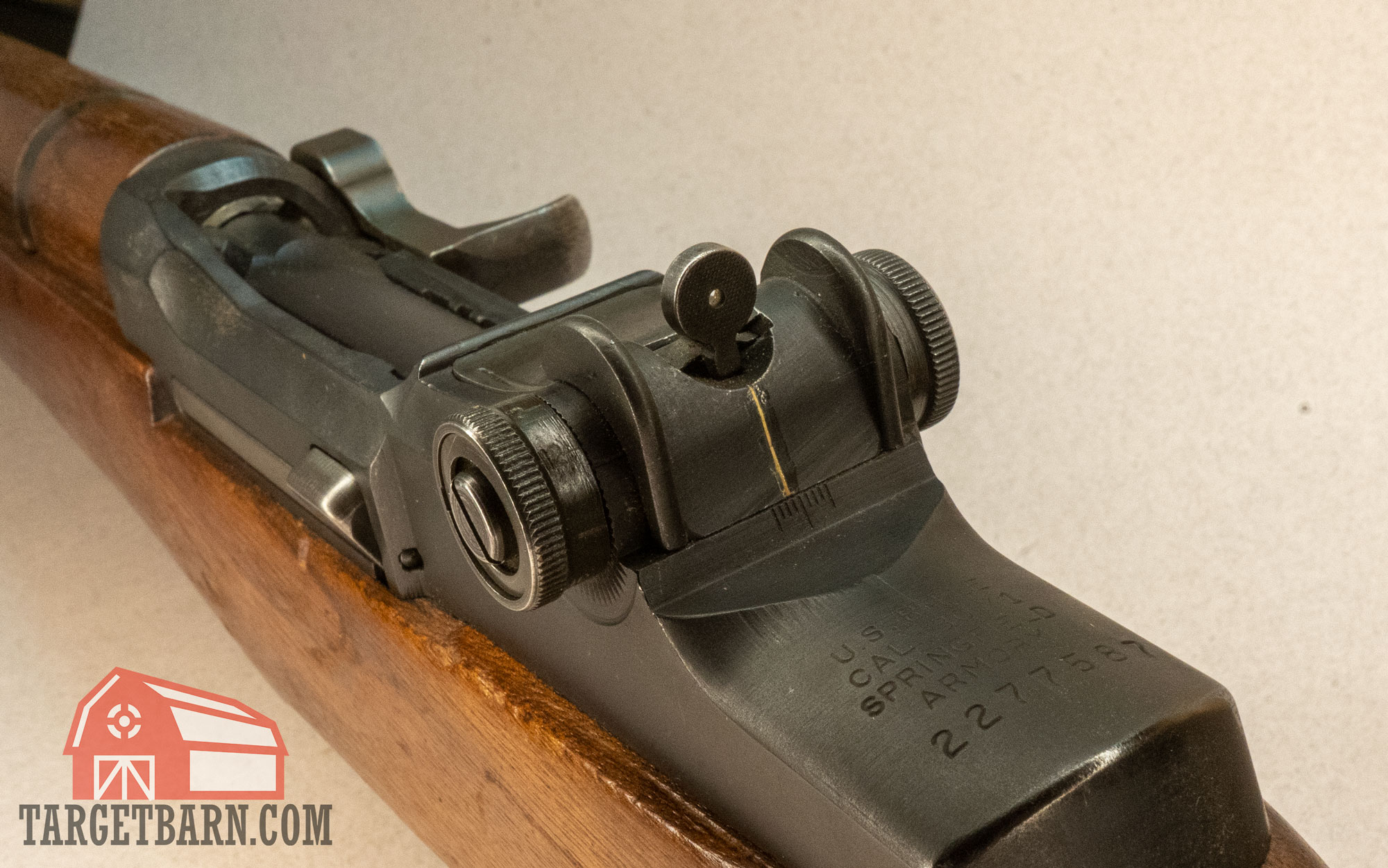
They’re not actually made out of marshmallow Easter candy. Peep sights (aka aperture sights) are similar to iron sights in that they are fairly basic and include a front sight. But rather than a notch-shaped rear sight, a peep sight features a circular aperture or lens. Its disc-like shape helps the shooter focus better on their target while they’re aiming. That facilitates long-range accuracy considerably. Peep sights are nearly exclusively found on rifles, although they may be configured for other firearms such as 12 Gauge slug guns.
Scopes
Scopes (aka telescopic sights) are without question the most popular solution for aiming over great distances. A scope uses a series of glass surfaces to provide a magnified, crystal clear view of whatever it’s pointed at – sort of like plugging half a pair of binoculars to the top side of your firearm. Once you’ve zeroed a scope in, it’s perfectly attuned to the rifle’s point of aim.
Many scopes are adjustable, which gives the shooter the option of a broader or narrower view of downrange. Some are available with night vision, high-tech coatings which reduce glare, and built-in video cameras. Scopes are also available with a wide range of reticle types, including traditional crosshair, dot, German, duplex, bullet drop compensation (BDC), mil dot, and Christmas tree (the most festive of all scope reticles). Simpler reticles like crosshair and dot are accessible to novice marksmen, whereas more sophisticated ones like mil dot and Christmas tree are only practical to shooters who have received some training. Some popular scope brands include Leupold, Vortex Optics, and Nightforce Optics.
Reflex Sights
Reflex sights (aka red dot sights) facilitate aiming very quickly – reflexively, if you will – over close-to-medium distances. Unlike scopes, reflex sights don’t obstruct the shooter’s view of their immediate surroundings, or require them to keep one eye closed while they’re aiming. A reflex sight offers very little magnification, if any.
A reflex sight features a glass lens with a little laser dot in its center. Overlap that dot with the thing you’re firing at, and presto – instant point of aim. You may choose an open reflex sight if you want the fastest target acquisition. However, the closed variant provides a clearer view of downrange when weather and lighting conditions are less than ideal. Either can prove a great addition to any pistol or rifle that you would use during a self-defense scenario (which is highly unlikely to play out over a distance of hundreds of yards). Because of their popularity, we’ve put together a couple handy lists of the best pistol red dot sights and best red dot sights for rifles.
Laser Sights
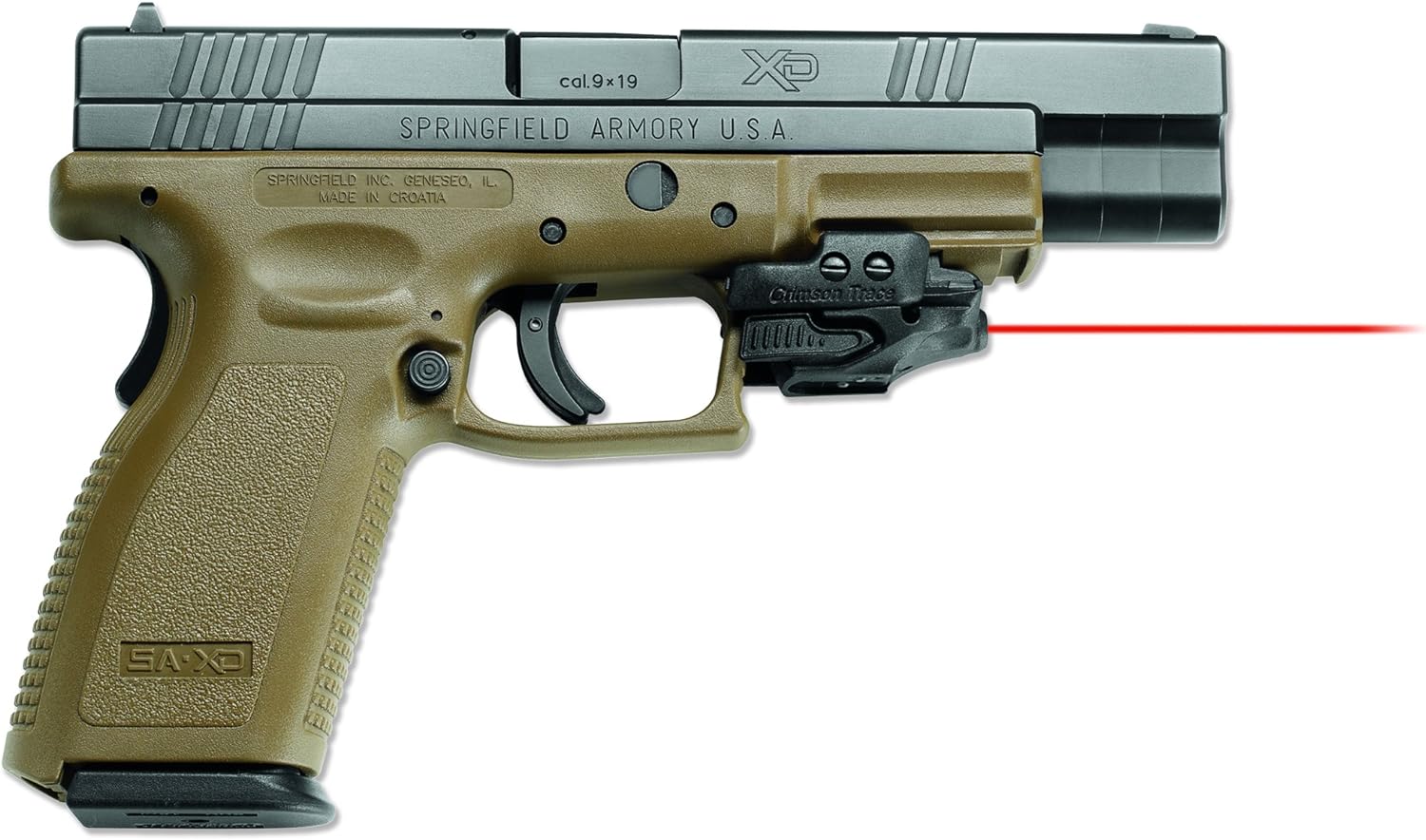
We don’t have the engineering background to explain precisely how lasers work. It could be magic elves, for all we’re concerned, but you probably already know what a laser is anyway: a spatially coherent beam of light which only widens out negligibly over long distances.
Once it’s zeroed in, a laser sight’s beam will perfectly line up with the bore line. Lasers can’t curve, unfortunately, so it is entirely up to the shooter to accommodate for bullet drop. Even so, aiming a laser at your target is significantly quicker and easier than using conventional iron sights.
Laser sights are usually available in two different colors. Red lasers are more affordable and energy efficient, although bright sunlight can make them difficult to see. Green lasers cost more and burn up batteries faster. However, those setbacks are worth it if you wish to take aim on a sunny day.
Picking Out the Best Types of Gun Sights For You
Our list of five gun sights isn’t comprehensive. There are also collimator sights, diopter sights and Creedmoor sights, to name a few of the less popular sights. But if you’re looking for the best way to acquire your target, then iron, peep, telescopic, reflex or laser sights will likely represent your best option.

